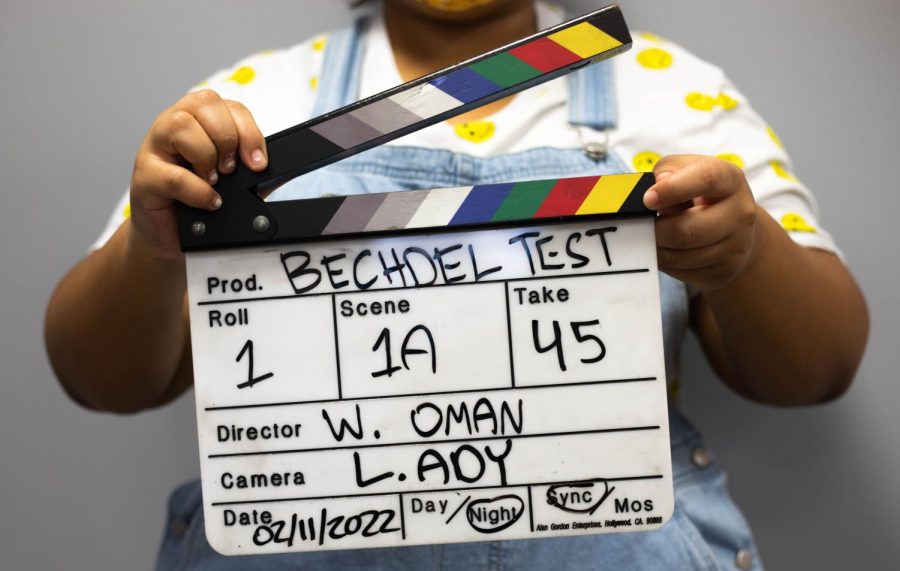OPINION: The Bechdel test is outdated and misogynistic
February 11, 2022
Take a moment to imagine this scenario: You are a woman in a world full of men. You have a name, thankfully, and rarely come across another woman in your day-to-day life. When you do come in contact with one, the two of you share a few words about nothing in particular (just not about a man) and then go on with your lives, never speaking again. You may have some personality traits, or you may not. Being a woman with your own name is all you have to be. That’s all that matters.
This hypothetical life would sound incredibly bizarre to anyone, wouldn’t it? Obviously, our world is not one of few women, and every single one of them has their own name and personality. It would be very difficult for anyone to go for long periods without so much as interacting with a woman, as women fill various roles in every single person’s life. They are mothers, family members, friends, and colleagues to every single one of us.
So why is this hypothetical life the standard set for women’s representation in film?
The Bechdel Test is an evaluation of bias against women in film and other forms of media. The basis of the test is simple: if two named female characters have a conversation about anything other than a man, the film passes the test. It’s officially deemed not biased against women. “The Rule,” a 1985 comic strip by Alison Bechdel, inspired this test by stating its three rules within its cartoon. It has since been used as a basic measurement tool to see if women are fairly represented in the movies they’re depicted. At first glance, the test might seem harmless, but is it really the best way to measure female representation in film?
To pass the test, a film only has to have two female characters. They do not have to be leads, they do not have to have any discerning personality, and their conversation doesn’t even have to be plot-relevant— it just can’t be about a man. The test also does not specify whether or not these characters could be people of color, a part of the LGBTQ+ community, or provide any other form of representation for women.
All of these factors combined lead to one boring conversation between two conventionally attractive white women, giving films a free pass on the Bechdel Test. This does not reflect all women in the slightest, and this lackluster representation in film persists even with the test trying to keep it in check.
Women are diverse and multifaceted, and the media we consume should reflect that. The Bechdel Test is not enough because it does not accurately portray life as a woman. The standards for film need to be set higher, with more female leads, more in the supporting cast, and even more behind the scenes.
Each and every woman deserves to see themselves represented properly in film and every other form of media, and the Bechdel Test isn’t cutting it anymore.









